On Tuesday we decided to go to Maryborough for a drive. Maryborough is 30 kilometres south of Hervey Bay on the Mary River. Peter did well to find his way to the very newly completed Anzac Memorial in Queens Park. It had only been officially opened a month earlier on the 21st July by the then Prime Minister of Australia Hon Malcolm Turnbill. It was such an amazing tribute to Maryborough's Duncan Chapman. Private Chapman enlisted for WWI and was the first Australian soldier to step ashore at the Gallipoli landing on the 25th April 1915.
Duncan was born on the 15th May 1888 in Maryborough and he died on the 6th August 1916 at Pozieres, France. The Battle of Pozieres, which, in the words of official historian Charles Bean, “was more densely sown with Australian sacrifice than any other spot on earth”.
Prior to the outbreak of war Duncan was living in Brisbane and working as a paymaster. He had served in the Wide Bay Regiment and another two Regiments for a total of four years. He was probably about 26 years of age when he enlisted. On 24 April 2015, as part of the commemoration of the centenary of the Gallipoli landing during World War I, a life-sized, bronze statue of Lieutenant Duncan Chapman was unveiled at a dawn service at Queens Park in Maryborough. The statue was made possible through the generosity of community-spirited citizens of Maryborough and beyond.
The 2018 project has been constructed to compliment the statue and the use of todays technology is amazing. Electronic boards with press buttons for what you wish to watch, others that are activated as you walk in front of them. Other speaker boxes in the gardens that provide the sound of troups marching. There were replica lifeboats filled with begonias that added another lovely aspect to the Memorial. The weathered steel columns are eight metres high and are a representation of the landscape of Anzac Cove and the cliffs on the fateful shore. On many of the steel columns there is a display panels and on every display there is a barcode that takes you to a website for more information. I did try a couple of the barcodes and they worked perfectly. I was so blown away with the Memorial, that I just had to send Jenny a few photos and tell her to put Maryborough on her 'Bucket List' for their next caravan trip. We spent a lot of time reading the panels.
Funded by three levels of government and the community, every element of the $5 million Walk with the Anzacs — Gallipoli to Armistice memorial is an emotive dedication to a tragic but proud past. The trail then leads through the park with statues and audio tracing the journey of Anzacs through The Great War.
From the Anzac Memorial we walked through other parts of the Queens Gardens and the walk took us down to the Mary River. This area of Maryborough is the 'Heritage Precinct'. There were so many heritage buildings to take a photo of. The Mary River has flooded on a number of occasions. The highest flood was in 1893 when the river peaked as 12.27 metres after days of cyclonic rains. 1955 was the second highest at 11.25 metres and in 2013 there were two major flood events within a month when ex-tropical cyclone Oswald tested the resilience of the community. The river peaked at 10.67 metres. It was the worst flood in 60 years.
The Post Office is the oldest of the heritage buildings, opened in 1866 and is the oldest surviving masonry Post Office in Queensland. In those early days, attached to the top of the tower was a wooden pole holding a Time Ball, which was lowered each day at 1pm. The tower was extended in 1879 for better visibility and to house a clock with four faces. Adjacent to the Post Office was the site where the first Telephone Exchange in country Queensland was established in 1882 with 32 subscribers and a mural has been painted on a wall facing to the park, to acknowledge this history.
The Maryborough Military & Colonial Museum is housed in what was the J.E Brown Warehouse. J. E. Brown commenced business as a provisions and victuals merchant in 1857 in Richmond Street. He built this solid brick warehouse in 1879. In later years, the premises were used for dances, balls, boxing tournaments and a restaurant. I've had to look up what is meant by 'provisions and victuals'......it means retailing food and other provisions, the victuals is food to live.
After we found somewhere for a toasted sandwich for lunch, we decided to visit another Museum. We were all a bit iffy about whether we needed another Museum. We thought the cost of $18.00 each was a little high and that was with a discount! But it was well and truly worth the money. It was an amazing Museum and the detail in the wooden busk of Duncan Chapman was really something to see!
There was just so much information in this Military Museum. There were so many framed medals. John did ask one of the gentlemen "Why it was they had so many framed medals"? He was told "That the Museum does actually purchase medals from pawn brokers. Families pawn the medals and don't always use the money as we would hope they would. I guess for us we asked the question "How do they know whose medals they area and then the research that would need to be done to bring the display together to be framed. One of the men also told John the Museum had benefited from a gift of something like $60 million dollars, so they are a very financial Museum.
The museum houses a VC awarded to Lieutenant (later Major) Herbert James, 4th Battalion, Worcestershire Regiment for gallantry at Gully Ravine, Cape Helles, Gallipoli on 28th June and 3rd July 1915. It is one of only 39 VC's for the Gallipoli campaign and the only one in Australia outside the Australian War Memorial. This is information from the internet, that highlights the significant Military artifacts that are in this Museum. There are over 7,000 items in the Museum and over 2,000 books. It has the largest collection of original Boer War medals on display in Australia.
The information on display about the following men is amazing; Keith Payne VC AM, Herbert James VC MC, Timothy Britten CV, John Cantwell AO DSC, Harry Smith SG MC and James Runham SG AFSM OAM. More information can be found from the following link under 'Exceptional Valour'. There is a full display cabinet named the 'Weary Dunlop' cabinet for Major John Cantwell who served in Aphganastan. He does live on the Sunshine Coast, so maybe all his memorabilia is on loan to the Museum, because they do have a lot of medlas and memorabilia that is on loan. There is lots of information on the Museum's website. https://www.maryboroughmuseum.org
I can't finish this blog without mentioning something about Mary Poppins and Maryborough. There is a 'Mary Poppins' figure on the pedestrian lights and it was enough to make us tourists take notice and research the internet. There is also a statue of Mary Poppins in the main street, but we did only catch a glimpse of it as we were driving off. The author of the children's books P.L. Travers was born in Maryborough. But she did only live in the town for a couple of years.
This is the story from the web; The life-sized bronze statue, erected in 2005, stands proudly outside the author’ Pamlea Travers' heritage-listed birthplace , a former bank building where her father – just like Mr Banks in the novels – was the bank manager. Although now known to millions and loved worldwide, Maryborough's statue of the famous nanny is believed to be Australia main attraction to acknowledge the literary skills of P.L.Travers and the amazing worldwide success of the series of Mary Poppins novels.
The statue of Mary Poppins has generated worldwide interest and attracted national and international media coverage since it was unveiled. It seems tiny, but the statue is actually life-sized – not in the likeness of Julie Andrews, but of the ‘real’ mythical magic nanny as depicted in sketches in Pamela Travers’ books. Made completely of bronze, the statue stands 1.5m high and weighs 100 kilograms. Maryborough, as a community worked together to raise over $60,000 for the statue.

 Maryborough, Queensland, Australia
Maryborough, Queensland, Australia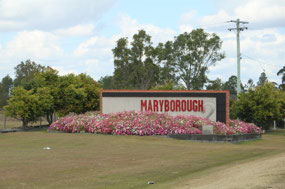
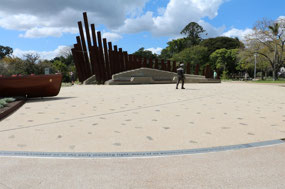
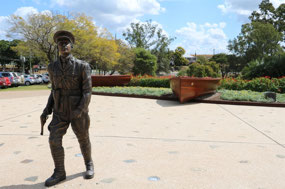
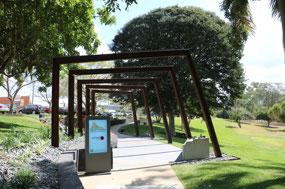
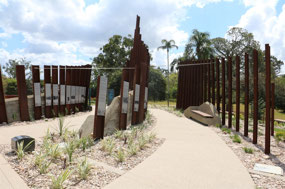
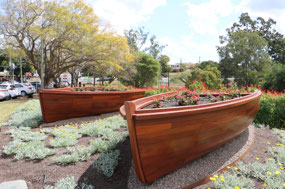
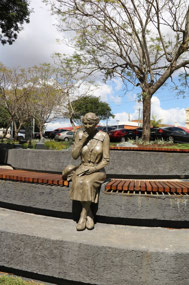
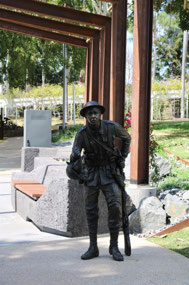
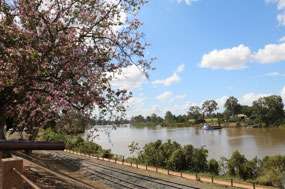
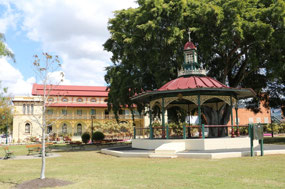
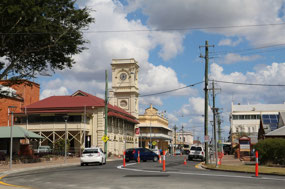

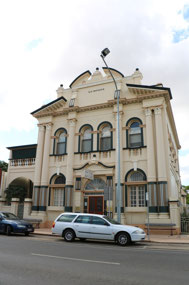

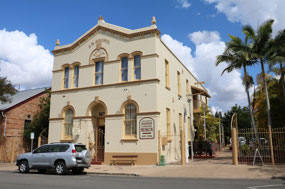
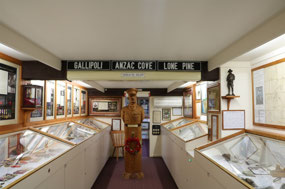
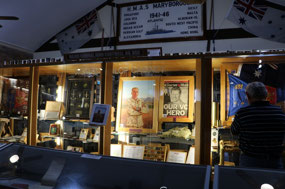
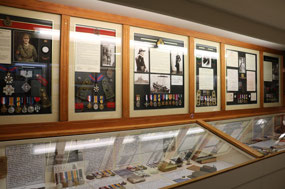
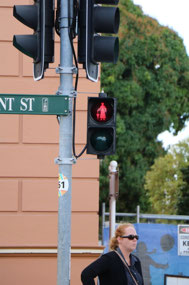
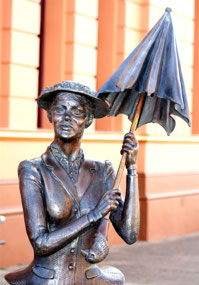

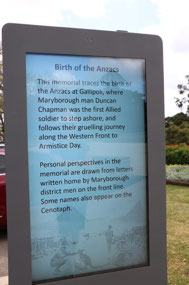
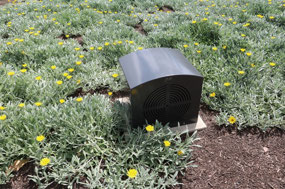
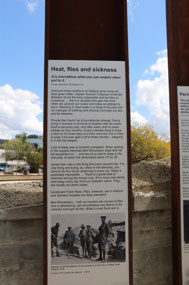
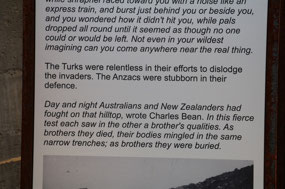
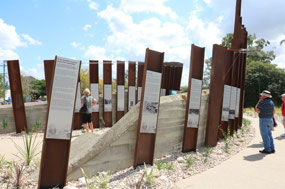


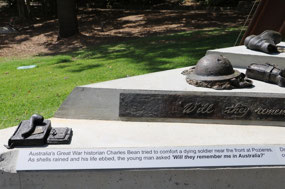
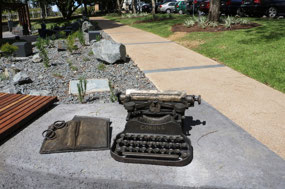
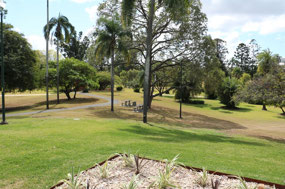
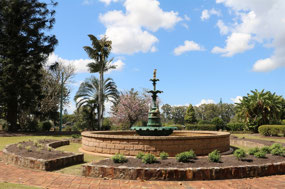
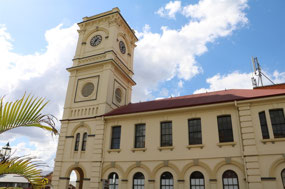
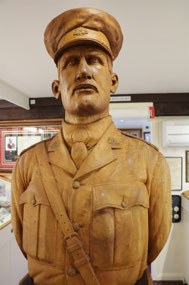
Jenny
2018-09-03
Definitly looks like I need to put Maryborough on the bucket list. I was there in 1972 on a coach tour of QLD. They certainly have injected a lot of money into the town and used it for their history telling stories.
Neighbour
2018-09-04
After browsing through your interesting version of war & peace, I have extolled the quality of your blogs to various people of the Parish. However, when I read about Carnarvon Gorge, I was somewhat flabbergasted by the fact you had walked & climbed 14 kilometres in a day. By now I realise there is only 100 metres in a kilometre in Queensland, which makes sense!